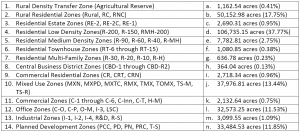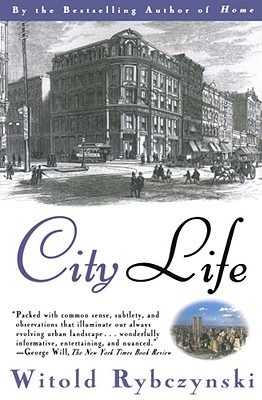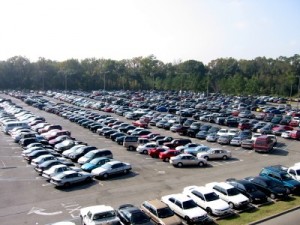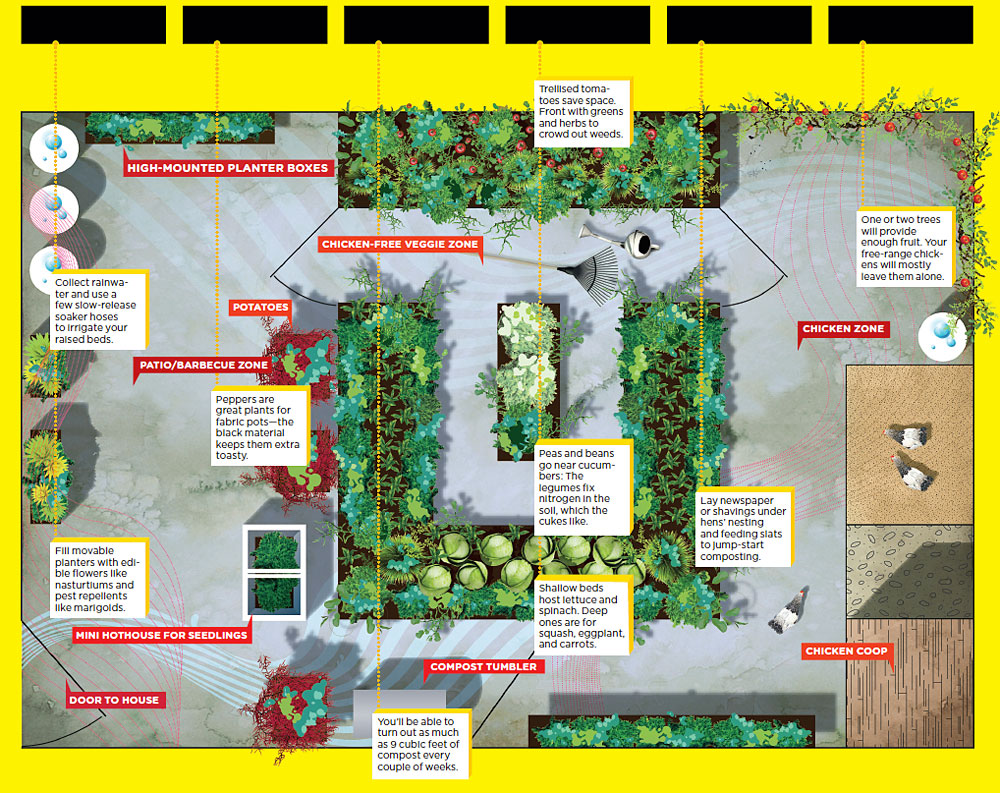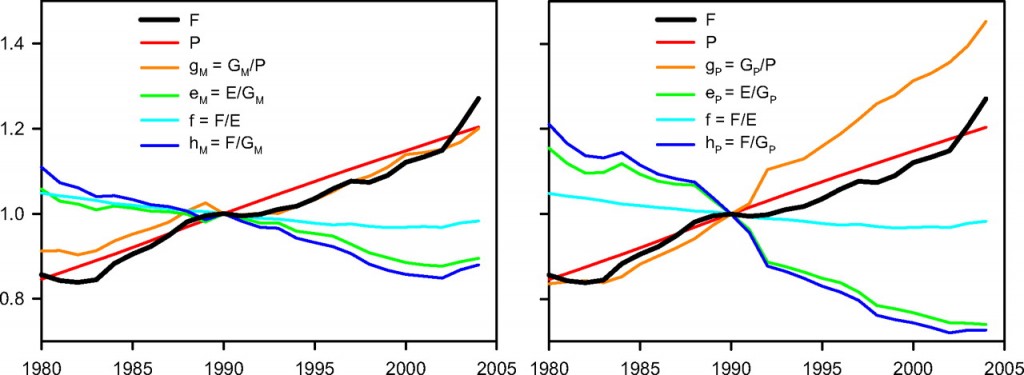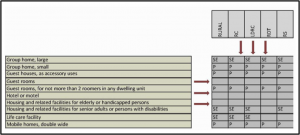
Zoning codes literally shape our communities, governing the spacing of driveways, the number of spaces in parking lots, the heights of buildings, the placements of sidewalks, and the size of blocks along with the activities (or “uses”) allowed in each neighborhood. These codes determine whether we will live in a compact, walkable community or in a place where an automobile is needed to get anywhere.
Some codes have been found that date back thousands of years. Many European cities have been continuously coded since the 11th or 12th century, contributing to the character that makes these cities appealing today. These rules were created to govern the relationship between what gets built on private property and the … Continue reading
